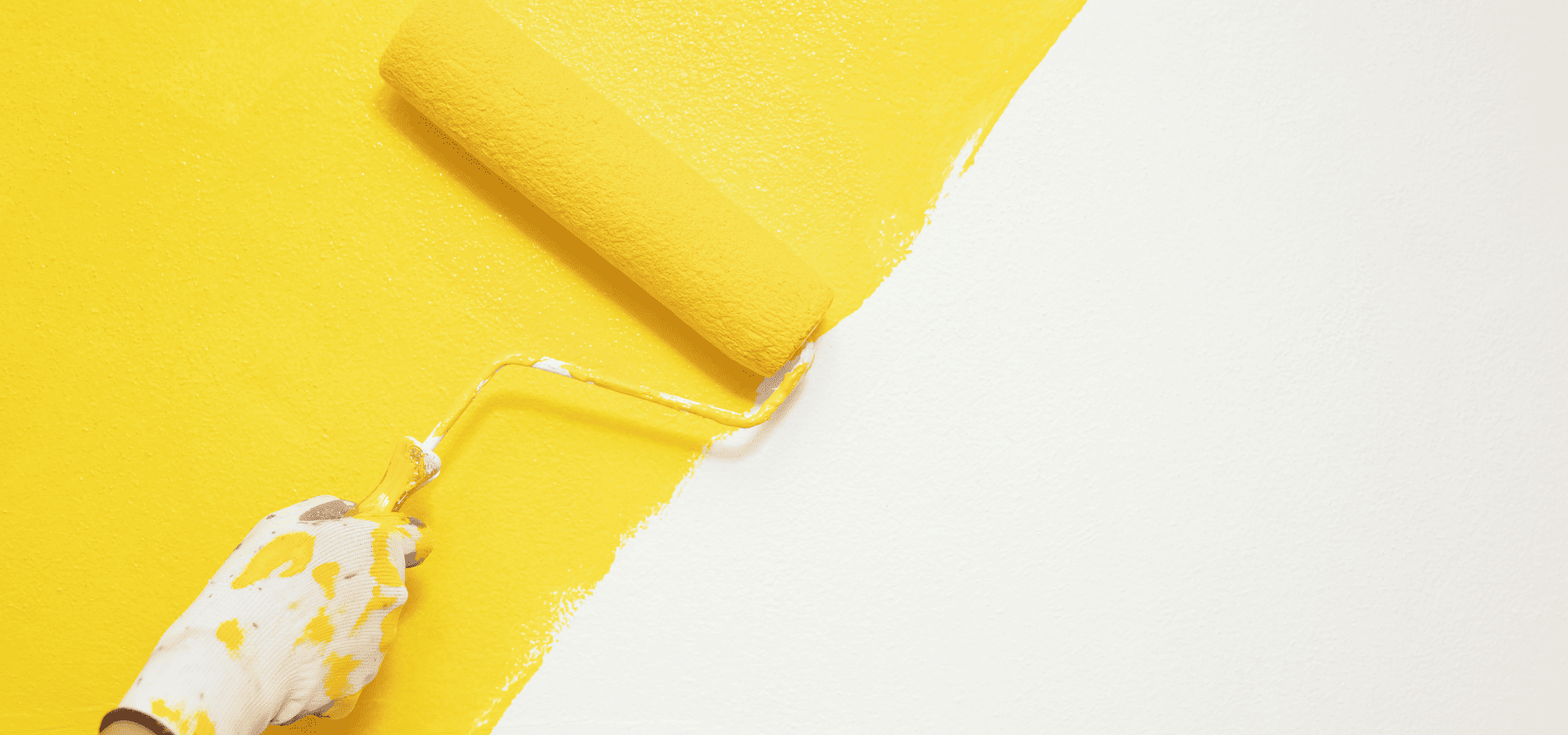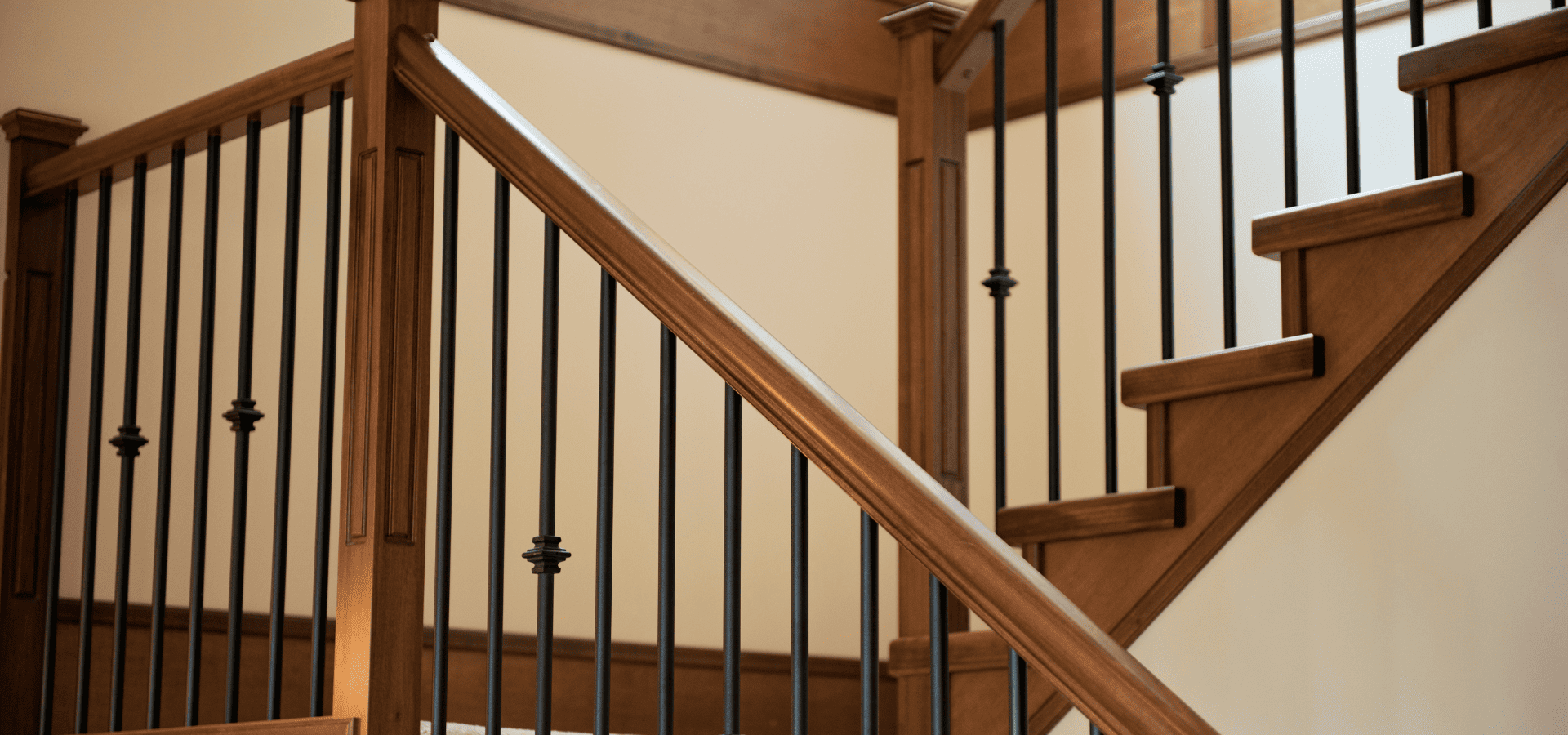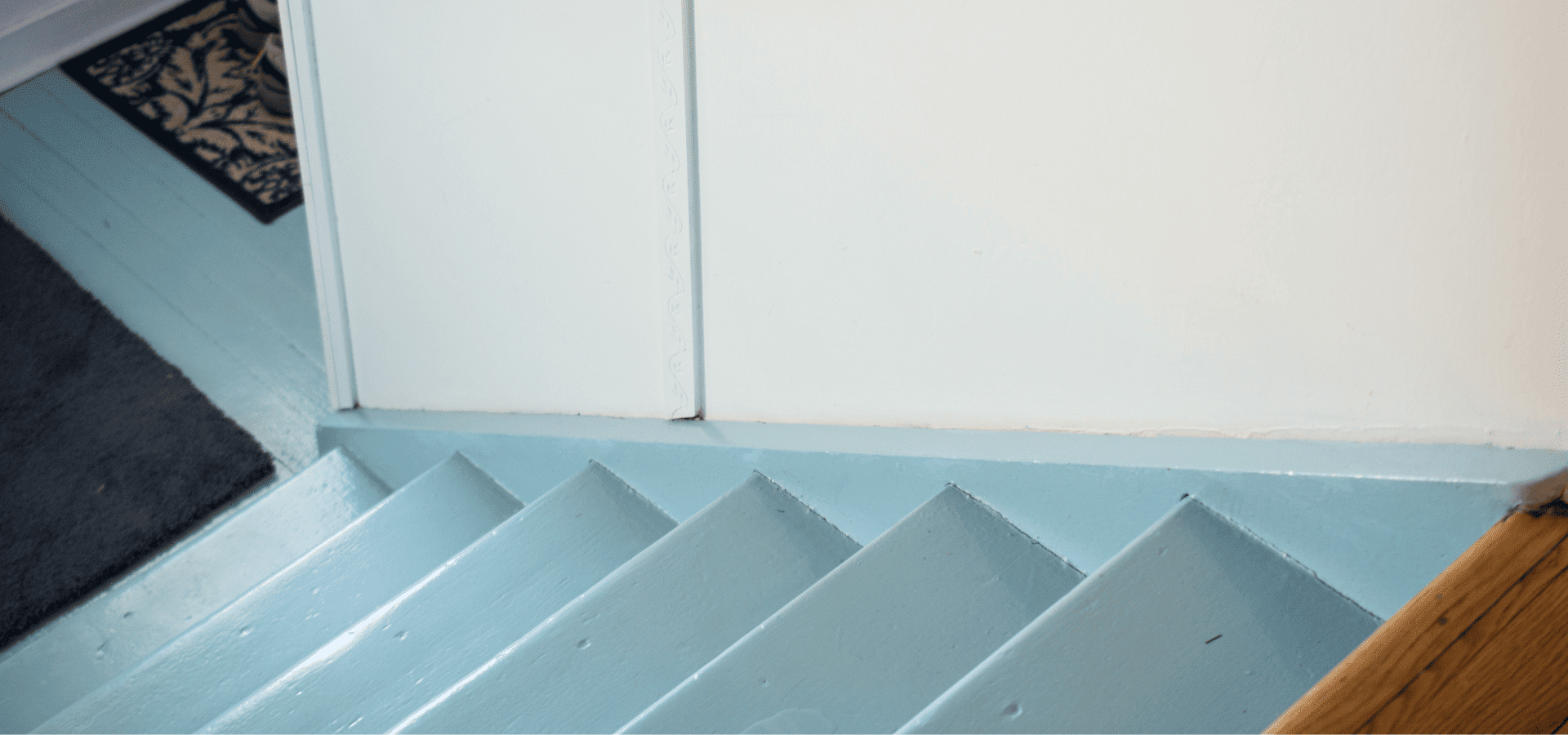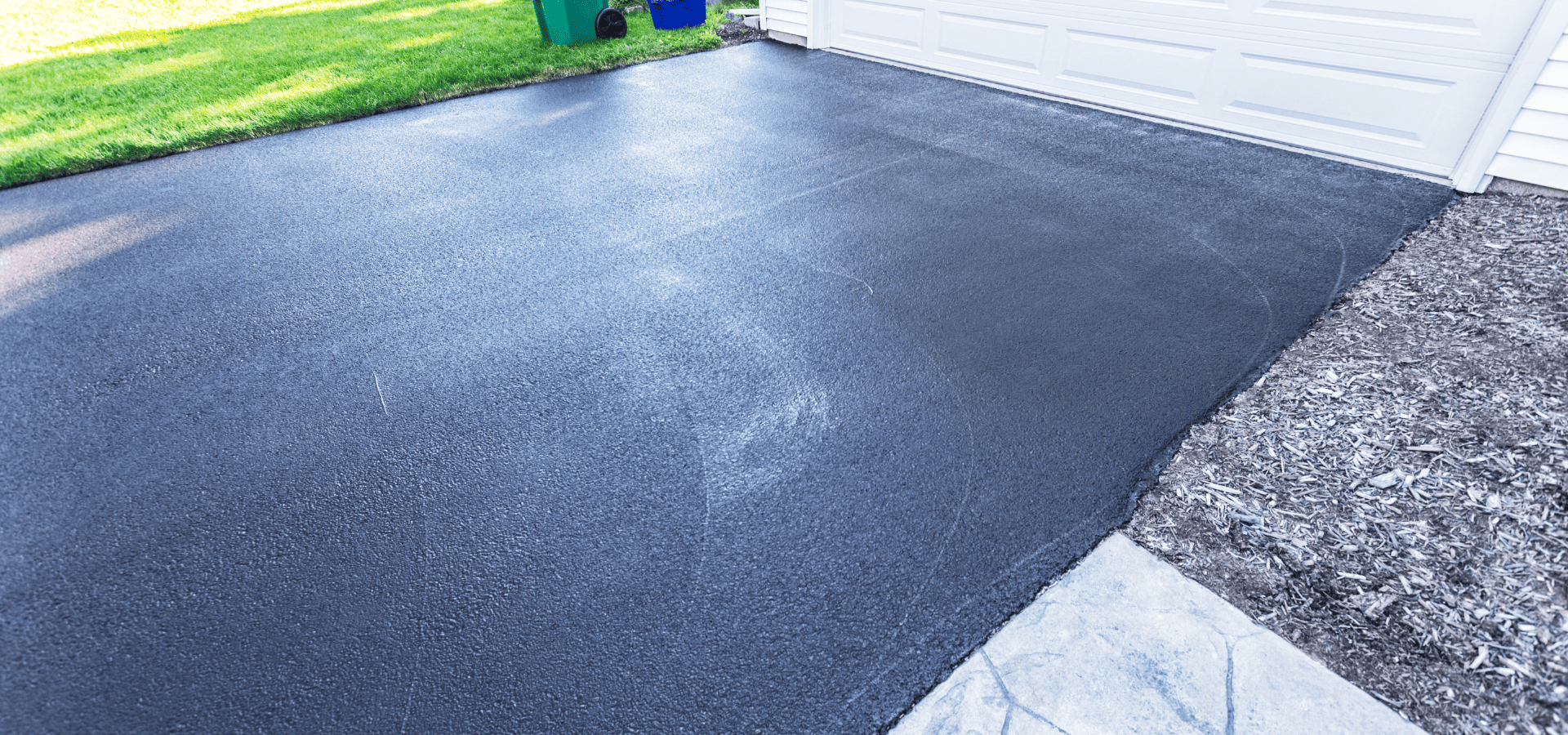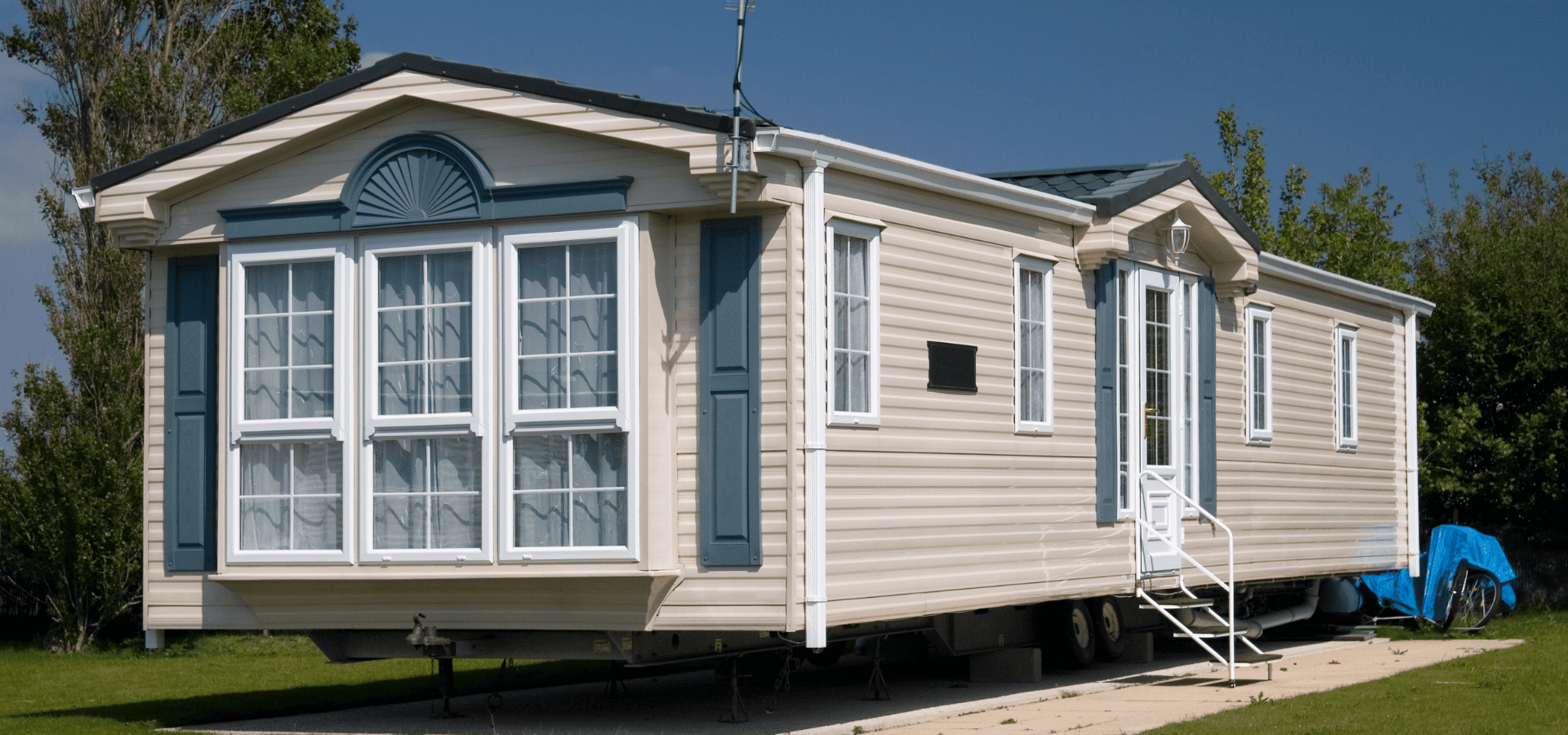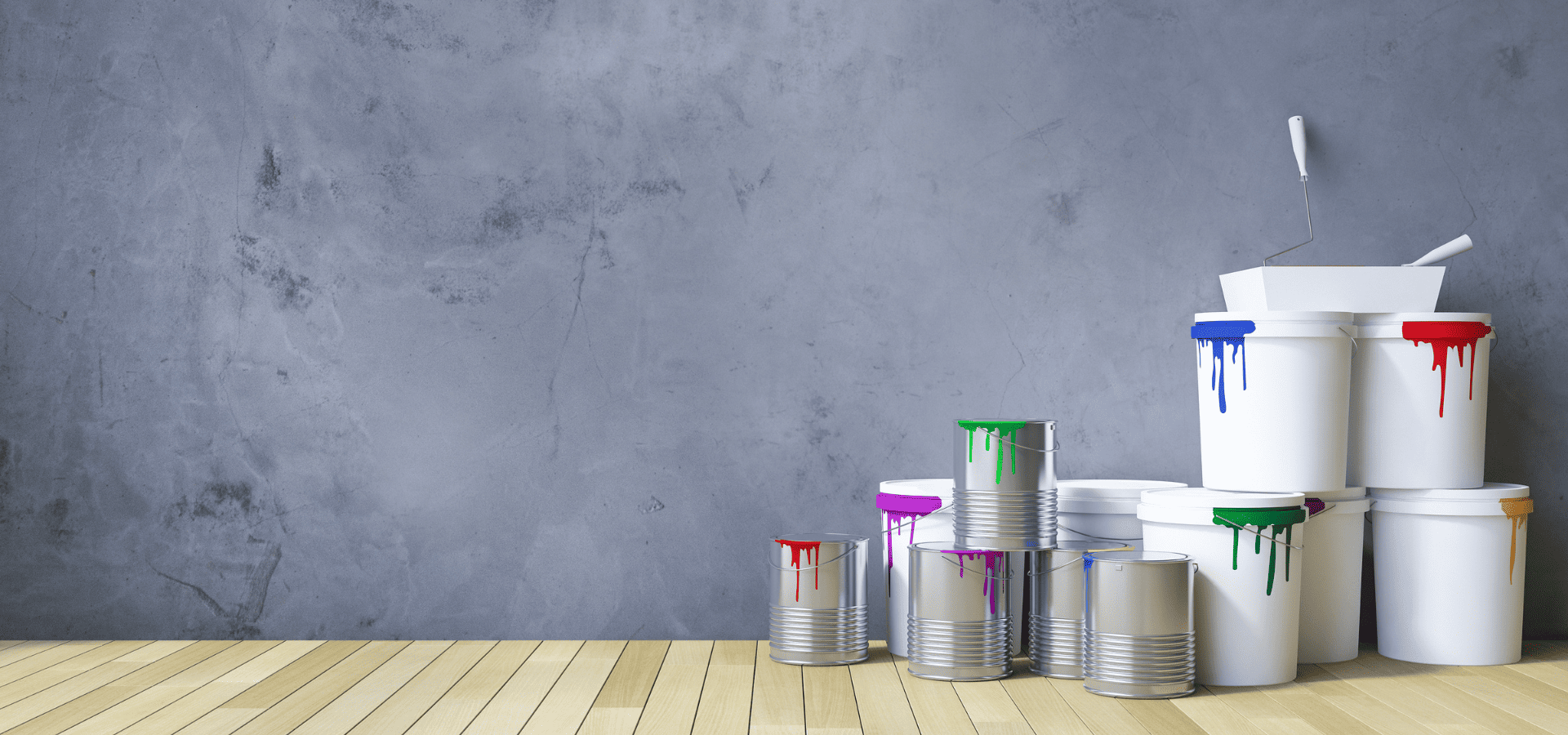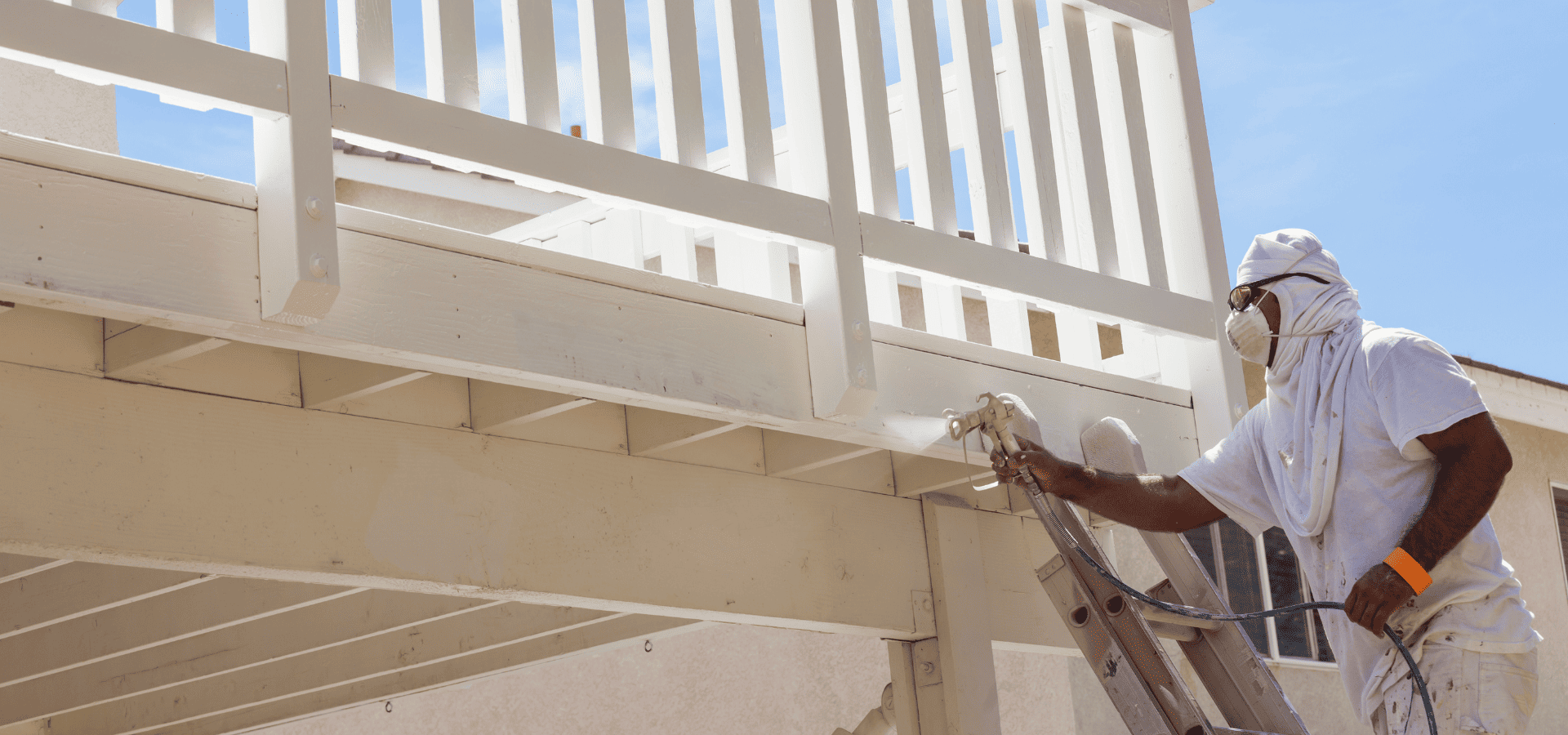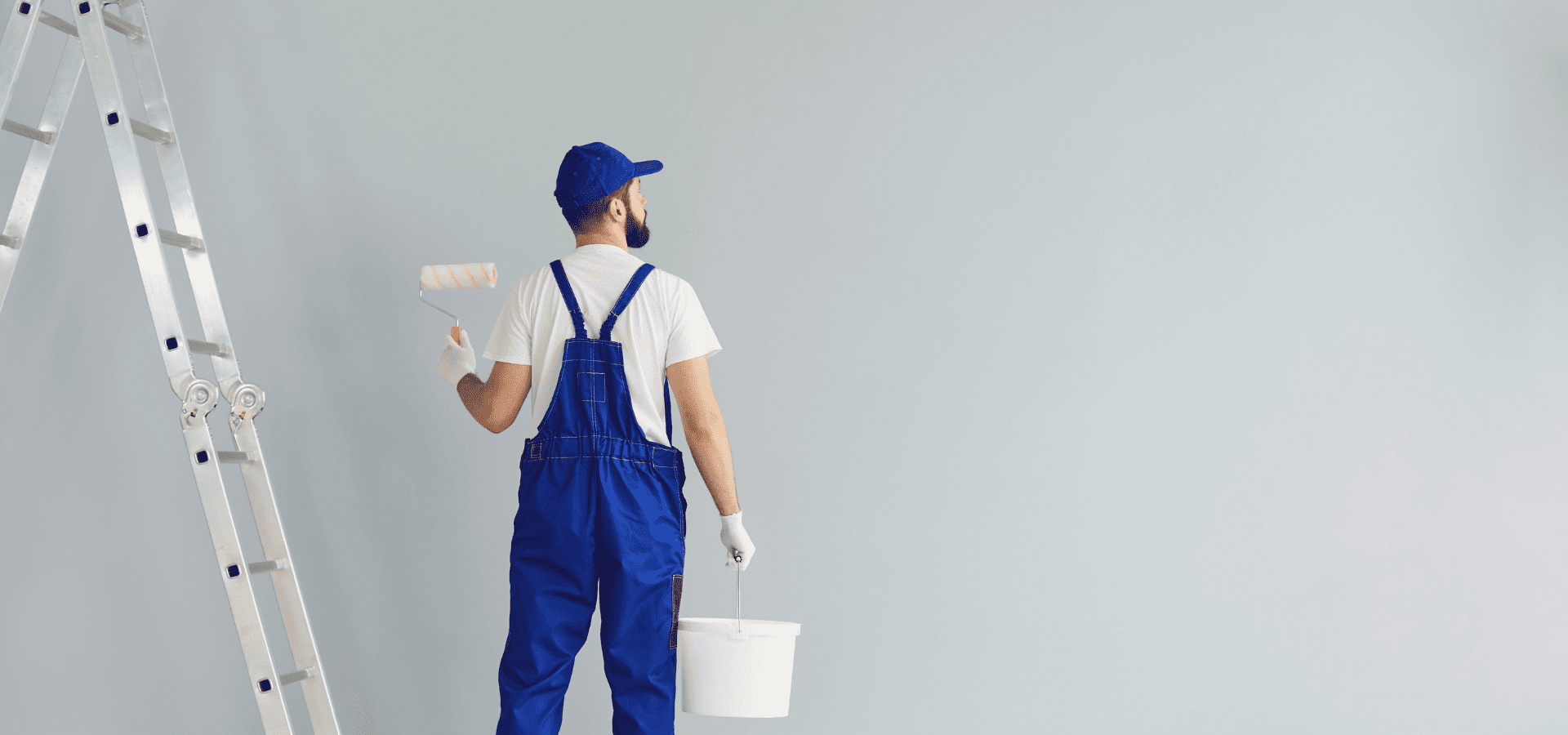Best Home Office Paint Colors To Boost Your Productivity

When it comes to designing their home office, many people focus on the desk, the chair, monitor placement, plants, and so on.
But one crucial aspect that people often miss out is the color of their walls, usually because they don’t think it really matters.
However, multiple studies have shown that colors do affect your mood and productivity.
Even putting studies aside, just ask yourself, would you be able to work in a completely black room? Or how about one with rainbow colors?
Those are extreme examples, but just imagine yourself working in those environments, and it should be apparent that colors can definitely affect your mood and focus.
To be fair, colors won’t double your productivity or magically make you smarter, but they do have very real effects on your creativity, decision-making, stress levels, eye fatigue, and so on.
These effects may not be particularly noticeable, or perhaps they might not even manifest themselves, so sometimes, it can feel like your choice of paint color doesn’t really make a difference.
But no matter what, the possibility that the right colors could help you complete your work quicker and produce higher-quality work should be enough to warrant some serious consideration for the palette you surround yourself with.
And the more often you work from home and the longer your working hours, the more important this becomes.
Either way, whether you work from home one day a week or you’re fully remote, here’s how to choose the right paint colors for your workspace at home.
Color Psychology: What Can Paint Colors Do For You?
Why is the blue sky relaxing? Why are sunflowers and the sun associated with happiness and cheerfulness?
Certain colors just never fail to invoke certain feelings and moods. That's the power of colors.
Here are some of the amazing things that colors can do for you
- Blue: Improves concentration, stimulates thinking, and provides mental clarity.
- Green: Similar effects to greenery in nature — rescues eye strain and lowers stress, enhancing comfort when you're working.
- Yellow: Sparks creativity and innovation, and also energizes your mind.
- Neutrals: Reduce visual distractions, thus helping maintain mental focus and concentration, and facilitating thinking.
- Red: Boosts energy and can also increase heart rate.
Once again, these likely won't be very keenly felt. You’re probably not going to walk into a yellow-painted room and suddenly start getting a ton of fantastic ideas for your novel.
However, if you’re mindful enough and observe closely, over time, you’ll probably notice the subtle influences of each color on the way you feel or the way your mind works. You might even notice them from the first moment you step into the room if the shift is strong enough or if you’re very self-aware.
So now that you know the impact that paint colors have on your mental and physical state, and your productivity, the next question is, how do you go about choosing the right colors for your home office?
We’ll now be going into more in-depth breakdowns of each color and explain when, where, and how to use each one, so that you maximize its positive impact.
Best Colors For Calm And Focus
A lot of times, calm and focus are the number one priorities for workspaces, so we’ll be starting with the best colors to achieve those — blue and green.
These colors keep you calm and steady while at the same time helping your mind stay sharp and concentrated, which is why they’re so popular for workspaces.
Blue

Think back to the various workplaces depicted in movies, TV shows, and even the ones you’ve seen in real life.
Besides neutrals like white and grey, for most people, the next most common color is going to be blue.
As a matter of fact, according to
Sherwin-Williams, a national survey of 1,000 office workers found blue to be the most preferred color for workplaces.
This is no surprise since blue has been scientifically proven to:
- Reduce stress and anxiety
- Enhance focus and concentration
- Clear your mind and help you think better
Different shades of blue have slightly different effects too, with different moods. Here's when to use each shade of blue:
- Sky Blue: Best for reducing stress and inducing calm. Use for when you need a relaxed mental state, eg you're a writer, book reviewer, therapist, etc.
- Teal/Aqua: Still great for relaxation, but is slightly better at simulating creative thinking. Use for when you need ideas in a relaxed environment, such as if you're a creative designer, artist, content creator, etc.
- Steel Blue: Steel blue brings a more serious and formal vibe, albeit still keeping you calm, perfect for roles where you need to be fully concentrated and a bit more locked in, such as analytical or technical tasks. This makes it great for roles like information security analysts, programmers, and other similar roles.
Different shades of blue may bring slightly different results, but across the board, the calming effect remains the same.
Take care not to overdo it though. Painting your entire room blue isn’t going to enhance the effects.
Increasing the amount of blue in your visual environment does increase its positive benefits, but past a certain point, the benefits don’t increase anymore, and it can even feel overwhelming.
One way to ensure you don’t overdo it is to just paint one wall, so that it functions as an accent or feature wall. Or if you just want to test out that shade of blue first, you can add it to your work area in various ways, such as with a rug, curtains, or even storage bins.
Green
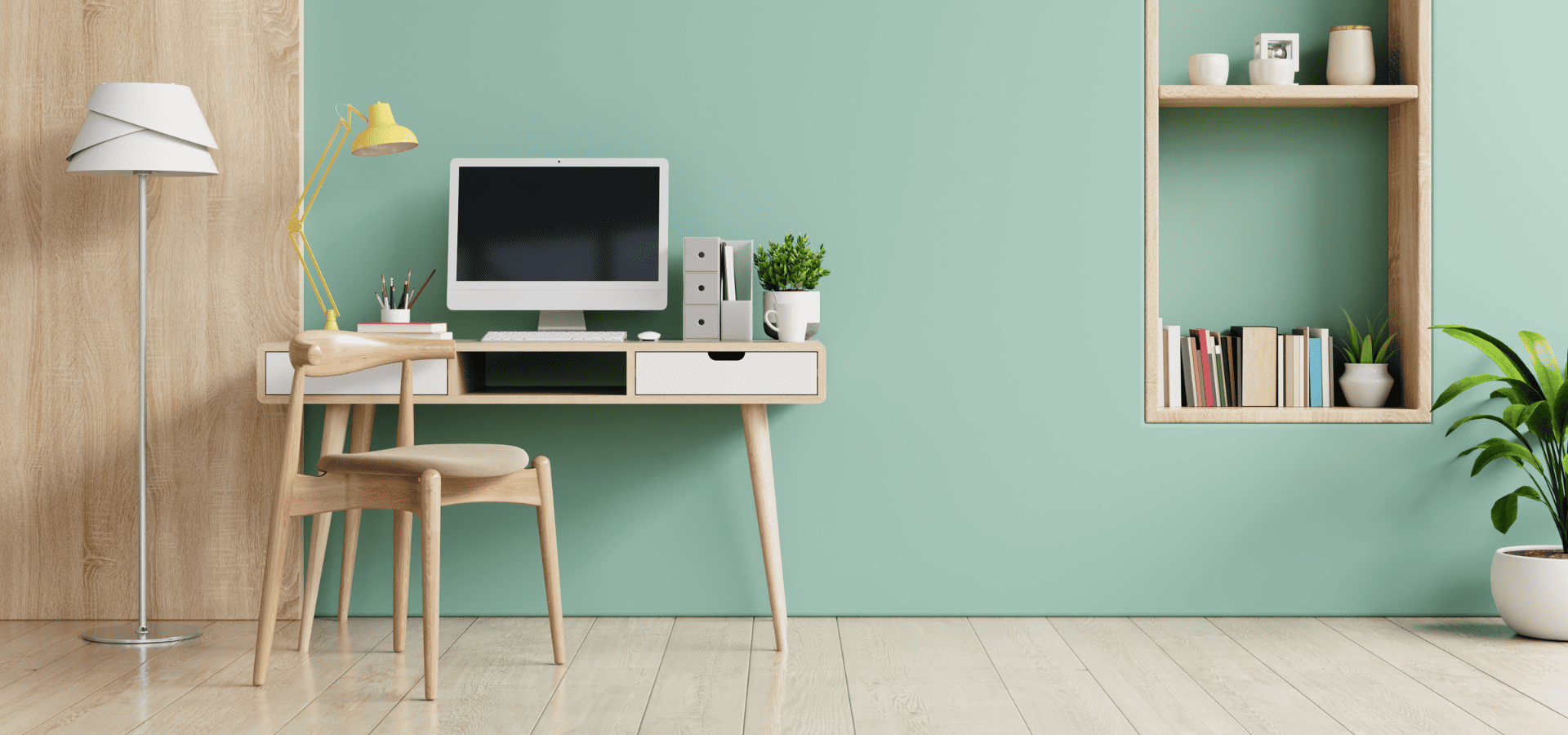
It’s common knowledge that looking at greenery is a great way to rest your eyes in between screen breaks and reduce eye fatigue, because it’s the least straining color on your eyes.
Painting your walls green will help give you the feeling of having nature in your space. It may not actually purify or cool down your air, but it’s going to provide a nice area to look at when you need to rest your eyes, and it can also make your space feel more refreshing by making you feel as if you’re actually in nature.
While green is less commonly seen than blue for work areas, it’s still a pretty popular color, especially for people who love nature.
Green, like blue, helps invoke a sense of calm and reduces stress and anxiety. It’s less effective at helping clear your mind than blue, but still does a good job of keeping your mind steady and relaxed.
The main advantage that green has over all other colors is that it’s very easy on the eyes, so it’s very well-suited for people who spend all day staring at their computer screen.
Like with blue (and any color, actually), different shades bring different things to the table.
Softer greens like sage or mint green are the easiest on the eyes. Richer greens like emerald or forest green will have a greater impact on your aesthetics and give you a stunning workspace, and will bring out the nature vibe more strongly.
So if you're someone who works long hours on your computer screen, it's a good idea to opt for more muted greens to reduce eye strain as much as possible.
And if you want to bring the outdoors inside, go for richer greens. Those are still great for reducing eye fatigue.
Either way, whichever shade you choose, green will ease the pressure on your eyes and give your eyes a break.
Once again, remember that too much will only overwhelm you. It may not strain your eyes since it’s green, but mentally, it can have the opposite effect and end up distracting you or making it hard to work.
This is particularly so for darker or richer shades, so use those a bit more sparingly.
If you're worried about overusing a certain shade of green, start with a bit and increase the amount gradually. For example, you could start with a green lamp, a green cushion, or even some actual plants.
Then, you can slowly add more green to your space, and eventually even paint one of your walls entirely green if you feel comfortable.
Neutrals — The Best Colors For Mental Clarity
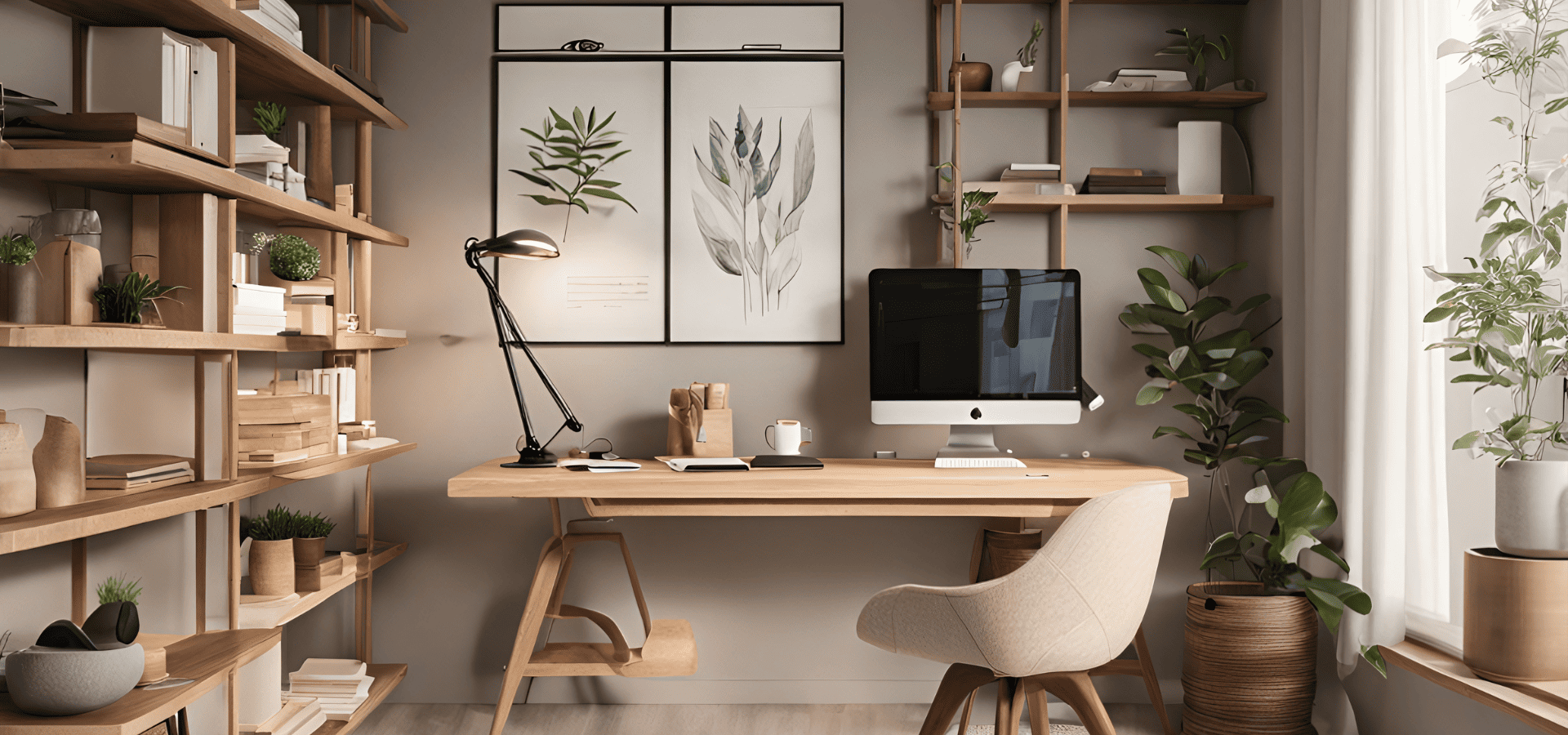
Ever noticed how hot desks are often white-themed?
It's not just a coincidence.
When you're not sure which color to get, neutrals are always a safe choice. You can pretty much never go wrong with neutrals, and it's even more so in the context of working environments.
Neutrals like whites, off-whites, grays, and beige tones provide a clean, quiet space that minimizes distractions and facilitates focus and thinking.
Bright neutrals in particular not only help you work better, but also reflect more light and make your space feel brighter, larger, and more open.
Another advantage of neutrals is that they don't evoke particularly strong feelings, so most people are fine with them, or at least won't dislike them. So if you're sharing your workspace and you're not sure what color everyone will like, you can stick with neutrals.
One thing to be careful of though, is not to go all-white.
For other neutral colors, it’s generally fine to use them to fill up your entire room, because they won’t overwhelm your senses, which is something that can’t be said for most other colors.
However, white is an exception.
Just think — what are some rooms we see that are predominantly white?
Clinics, hospitals, psychiatric facilities… the list goes on. Not quite what you want for a workspace, now is it?
It’s not just the atmosphere that white creates, but since white reflects almost all light, it can make your space too bright and open, which ends up straining and tiring your eyes out.
It’s not that you can’t use white, but make sure to mix in other colors with it. White by itself can be cold, so one great way to alleviate the feeling of coldness is to incorporate warm, natural colors, like yellow, green, or wood textures.
Alternatively, you can add in even non-natural colors like red or blue. White goes with just about any color, because it's, well, white.
Or to make it simpler, if you don’t want to rack your brains thinking about what to pair your white with, you can simply opt for non-white neutrals to paint your room.
Best Colors For Energy And Warmth
Thus far, we’ve had relatively calm and relaxing colors. Now, let’s bring on the fun with these colors that will wake up your home office.
Yellow
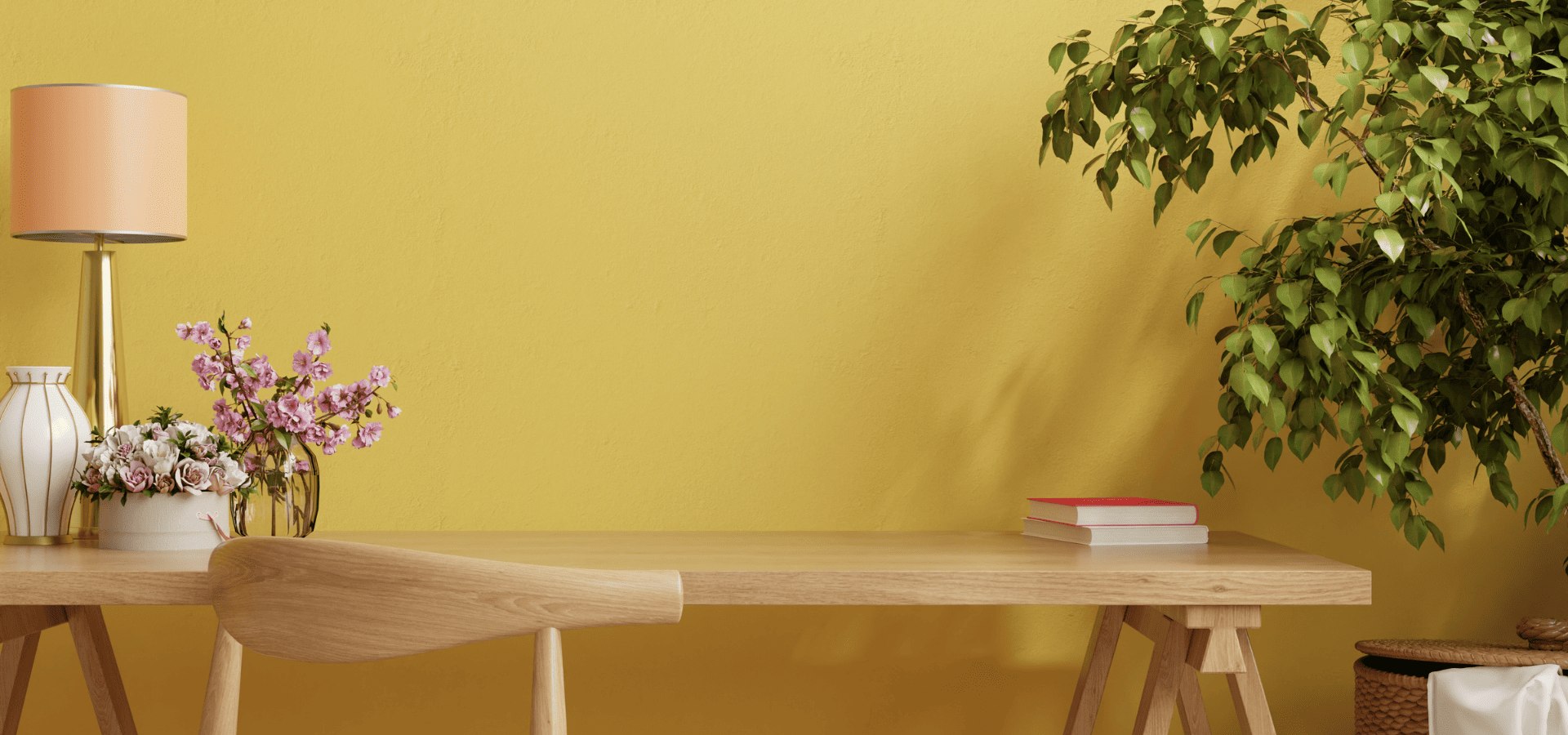
It should come as no surprise that yellow can inject warmth, energy, and lift the mood of your workspace.
A dose of yellow can encourage creative thinking and give you a little mood boost on days when you’re just not feeling it.
The color yellow can get your energy levels up and your creative juices flowing, making it ideal for jobs like virtual sales roles, graphic designers, content creators, and so on.
That said, using too much of a strong yellow can drain you out fast. It’s kind of like being around someone who’s constantly bubbly. It’s fun at first, but it can tire you out fast if the effect is too strong.
It’s not for everybody either. Some people love the warmth and life that yellow brings, while others prefer a more muted, calm environment to work in. It’s one of those things that you either love or hate.
If you want an uplifting color, there’s no better one than yellow, but use it in moderation. Even if you’re someone with naturally higher energy levels than others, and you like yellow, too much will tire you out eventually from oversimulation, and could even start to get annoying.
When using yellow, it’s best to either use more muted or pale yellows or larger areas, or if you’re using bolder yellows, use them for accents.
You can also introduce yellow in such a way that you don’t see it all the time, so you only get that little mood lift whenever you come into contact with it. This could be a pinboard, a rug, or perhaps even your dining ware!
Red
Red is a very powerful color that is associated with many exciting elements, such as love, passion, wine, fire, heat, urgency, etc. It gets your heart beating and motivates you to take action.
This is a different kind of boost from yellow. It’s more emotional, and it’s motivation from excitement rather than a mood lift.
As such, red is very beneficial for breaking up monotony and providing motivation and energy, especially for boring tasks.
If you just need a mood lift or some creativity, yellow would get the job done, but when you need to pump some fire into your veins, red is the color you want.
You should consider bringing red into your workspace if you’re an editor, accountant, transcriber, or any other role where you just need to light a fire under yourself and get yourself through your work.
Given its strong effects, you’ll want to use red very carefully. Use it strategically in places where you need a pick-me-up. This could be in the hallway leading to your office to get you locked in, a red office chair, or an office corner for intensive work.
Ending Tips To Create The Perfect Home Office
Ultimately, the best home office is the one that you feel comfortable in.
This means your personal preference should heavily influence your choice of colors. If you love red, don’t choose green or blue just to create a more conducive space where you can focus better.
If you don’t feel comfortable or don’t like the space you’re working in, you’re going to find it tough to bring yourself to work, which would negate the positive effects of whichever colors you chose.
In addition, different people react differently to each color. For example, red may spur one person to get things accomplished, but cause anxiety or undue tension for another.
So you don’t need to base your color choices on what studies say or what’s typically recommended.
Only you will know how you react and feel about a certain color, so always trust your feelings.
If you’re still not sure which color to choose, fret not. Take your time to experiment and rotate the colors in your workspace, then see which one you like or feel best about.
Good luck finding your colors!
Recent Posts
